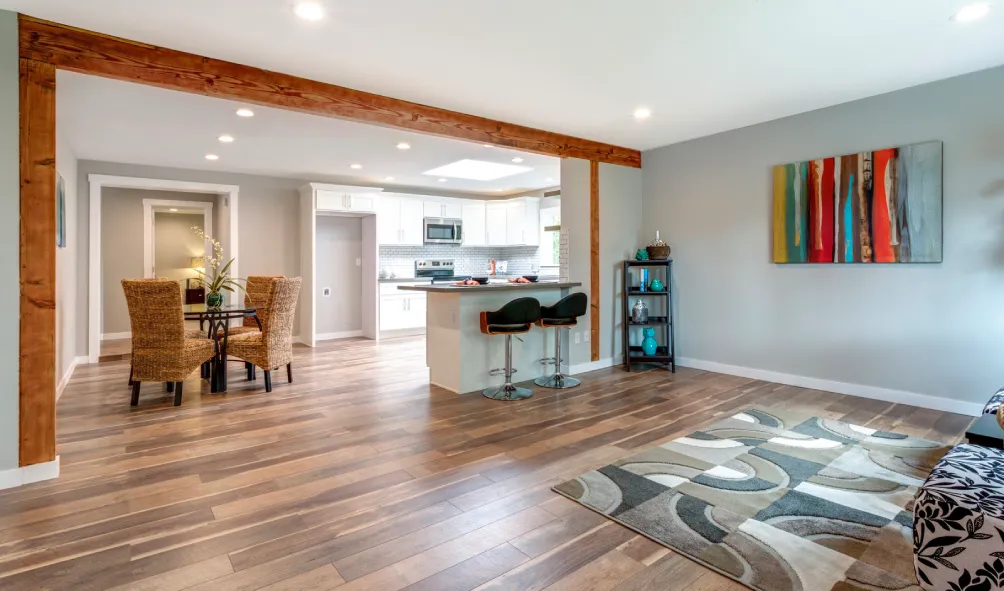
What Makes a Basement Fully Finished?
The quest for a finished basement is a common one among homeowners, homebuyers, and real estate enthusiasts. The allure of increased property value prompts the question: “What is a finished basement?” It’s a query that often arises due to the potential for significant value appreciation when a basement is transformed into a functional living space.
Many homeowners may boast a semi-finished area in their basements, serving as bedrooms, recreation rooms, or additional amenities. While the utilization of these spaces may give the impression of completion, it’s crucial to understand that a finished basement goes beyond mere functionality. In this exploration, we delve into the defining features that truly make a basement “finished.”
What is a Finished Basement?
A basement earns the coveted “finished” status when it mirrors the completeness of the upstairs living areas. This involves the integration of an electrical system, heating, finished floors, an accessible entrance or stairway, level ceilings, and finished walls. For a designated bedroom within the space, it should boast a closet and an egress window to be officially considered a bedroom.
To provide clarity on assessing a basement’s status, let’s explore key questions that help determine its completion.
How to Determine if a Basement is Finished
1. Heating and Cooling Systems
A telltale sign of a finished basement lies in its heating and cooling system. If the basement relies on separate cooling and heating units, such as a window AC unit or wall heater, it falls short of being finished. A truly finished basement should boast a permanently installed heating and cooling unit with a continuous power source, be it an HVAC system, electricity, natural gas, or a permanently installed propane tank.
2. Consistency with the Rest of the House:
Does the basement seamlessly blend with the rest of the house? If the basement’s concrete walls and floors contrast with the finished floors in the rest of the home, it signals an unfinished state. Finished floors should entirely cover the basement space, dismissing exposed or painted concrete as acceptable. Similarly, unpainted drywall on the walls and a lack of finished ceiling elements indicate an incomplete basement.
3. Accessibility and Integration:
A finished basement must integrate seamlessly with the rest of the house, requiring direct access through permanent stairs or other means. If the basement lacks this direct accessibility or relies on exterior basement-level doors, it may fall short of the finished living area designation. Even if finished, a basement accessible only through an exterior door could still be deemed unfinished.
Contact an Expert
Determining the finished status of a basement can be nuanced. For those seeking professional guidance and services, A+ Basements offers comprehensive basement finishing and remodeling in Parker, Colorado. If you have questions or require expert assistance, feel free to reach out at (720) 688-0158 or via email at info@aplusbasements.com



